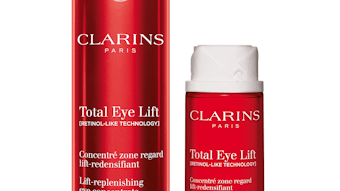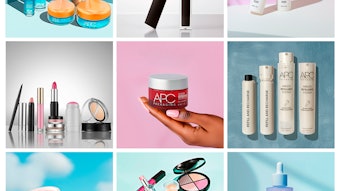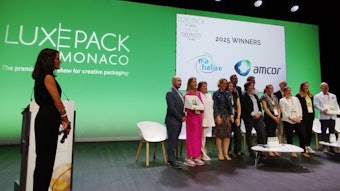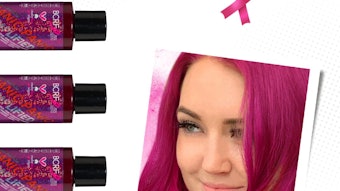Vice President
Package Development
Aveda
www.aveda.com
As printed in GCI magazine’s December 2005 Issue
Aveda, one of The Estée Lauder Companies’ brands, has challenged itself through the belief system it’s implemented, which includes social responsibility and mutually achievable ecological and profit goals. The challenge of achieving these goals in the company’s packaging has been taken up by Aveda’s vice president of package development, John Delfausse.
“Designing for the environment takes package development to a new level,” said Delfausse. “Aveda needs to ensure that the packaging materials have a minimum impact on the environment during their total life cycle—from a raw material to disposal. I have started asking my product developers to think about how they will educate the consumer about the package’s end-of-life handling.”
The added challenge in this endeavor is that there are fewer materials to work with, and product compatibility needs must be met while satisfying Aveda’s design goals—endeavors that Aveda works closely with its suppliers to achieve.
“We like to look at this not as a challenge but as an opportunity to be creative and resourceful,” noted Delfausse.
Armed with a wealth of packaging experience gained before joining Aveda, Delfausse had to adjust the way he thought about material selection and parts assembly.
“This has been a tremendous sourcing and quality adjustment,” said Delfausse. “Supplier environmental and social ethics is also a new consideration. The good news is that social responsibility is becoming a norm in today’s business world.”
Being socially responsible has required Aveda to make some shifts in traditional packaging supplier paradigms, including moving from the typical package development in which its molder selected the particular brand of resin or material to use. Aveda now goes all the way back to the resin supplier (in Aveda’s case, a recycler) to ensure the source and quality of the feed stock.
“Partnerships are very important because we need suppliers who are willing to seek out and find uses for innovative materials,” said Delfausse, who also works with representatives from companies outside the cosmetic industry through the Sustainable Packaging Coalition and through the SoL Sustainability Consortium.
“Through supply chain collaboration, we have been able to share many of the industry’s best practices and share supplier technologies,” said Delfausse.
He also addressed taking the Aveda environmental mission and methods from Aveda to the rest of the The Estée Lauder Companies’ brands and to the packaging industry beyond. “This is part of my role as the packaging representative to the Estée Lauder Corporate Environmental Committee, as well as for my position with the Sustainable Packaging Coalition as a member of the executive committee.”
Delfausse noted that one of the “Aveda differences” is its commitment to its beliefs, which includes giving back to society. Delfausse has gone so far as to state that Aveda is going to share its technology because “it’s the right thing to do,” noting that it’s a strength because consumers recognize that the company remains true to its brand heritage.
Delfausse counts the development role packaging played in the repackaging of Aveda’s color cosmetics line as one of his proudest achievements. It’s among the many that Delfausse and Aveda have met in striving toward the company’s vision to connect beauty, environment and well-being.
“We were able to introduce the use of many recycled materials that had never been used. Our lipstick was an award-winning design that used PCR (post consumer recycled) high impact styrene, aluminum and polypropylene (PP). Our lip glaze used PCR–PP for the first time in a blow molded bottle, and now our lip and eye liners are using Forest Stewardship Council-certified wood for another first in the industry,” Delfausse said.









